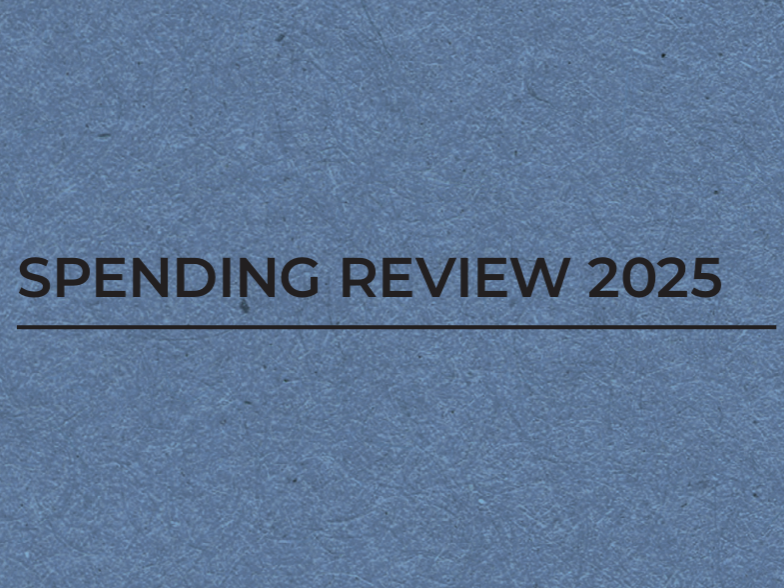
While the COP21 Agreement, which was signed on Saturday, has been hailed as a (not very French) revolution against the tyranny of climate change, one glaring issue turned out to be the elephant in the room: transportation.
Train to Paris
When world leaders arrived in Paris for COP21 in trains as part of the Train To Paris initiative, it looked like this was going to be a big moment for railway. All the indicators pointed to it. The industry and stakeholder groups were geared up; UNIFE was on fire, Shift2Rail were out in force, UTIP were on form, Lima-ParisAction Agenda were excited about trains, operators and industry stakeholders were on Twitter to plug their sustainable innovations and the rail industry media was ready to report.
Prior to the Summit, dozens of countries pledged their commitment to focus on low-carbon modes of urban land transport, with many such as Benin, Turkey, Azerbaijan and UAE delivering detailed plans to develop and promote urban rail infrastructure. Much of South America pledged to develop public transport, while others such as Canada, Guinea, Morocco, New Zealand, South Korea and Bangladesh released plans to improve the energy efficiency of existing fleets.
The statistics backed up the expectation that rail would play a significant role in COP21; rail, in its many forms, is the most environmentally friendly form of transport after canal barges. It was logical it was expected that world leaders would formally agree to assist a modal shift towards rail as a primary source of transportation for passengers and land freight.
Transports Lack of Prominence
In the early days of the Summit, it seemed promising. Transport, excluding road, got a press conference to itself, but the rail industry had to share it with shipping and aviation, big emitters of the transport industry (3% and 2% of total international carbon emissions respectively).
The press conference on transport was very specifically on modes of transport that need to change, and the rail industry is already on the right track (pun intended), meaning that passengerand rail freight companies are already using sustainable technologies to travel. So because there was no need for the rail industry to change so much as keep doing what it was doing, it didnt get much of a mention.
The Agreement was signed on 11 December 2015, and in it there was no mention of transportation. Transportation, which contributes 22.7% of global carbon emissions, which is more than the United States and Russia combined, is not mentioned anywhere in the Agreement. Even electric cars , which received a press conference to themselves, were not mentioned.
Transportation Aviation and Shipping
Transportation can be divided into four principle forms: automotive, rail, shipping and aviation. The automotive industry is already frantically moving away from its reliance on fossil fuels, with innovations in fuel economy and electric and hybrid cars coming out all the time, which are promised to be affordable to 30% of road users within the next 15 years. The rail industry is also leading the way in environmentally sustainable innovations, and an ideal alternative to road transportation.
The aviation and shipping industries, however, are yet to catch up. Biofuel is the only realistic alternative to fossil fuels for both, but biofuels come with their own set of problems in a world where a billion people face food insecurity every day, giving over fertile land to grow biofuels could create further food shortages, and create a brand new kind of localised ecological instability.
The other alternatives are nuclear power and electric batteries, but the former is unpopular with passengers and could potentially fall into the wrong hands at sea. The latter are heavy and dont last long enough. So both industries are looking at innovations to make fossil-fuels more economic, reducing carbon emissions by single-digit percentage points once every five years.
Aviation and Shipping Carbon Emissions
The aviation industry is under the spotlight for their carbon emissions, and have been accordingly reducing them with innovations that reduce their quotas by single percentage points every five years. This is, in part, because they are seen flying over the skies of civilised countries, they are visible and ordinary people use them, and so they are in our consciousness. But the COP21 Agreement has not bound them to do so.
Shipping, on the other hand, is not in the public consciousness and therefore has little incentive to reduce its carbon emissions. It happens out at sea where most people never see it. Despite it being a relatively low-carbon (by weight of goods per kilometre) form of transport, it still accounts for around 3% of global greenhouse gas emissions, which have increased by 70% in the last 25 years and will rise by a projected 50-250% by 2055 if left unchecked. This will account for a 5% share of global emissions.
Aviation and Shipping Emissions are Stateless
However, because shipping and aviation occur offshore, they are not included in any national quotas of emissions. Therefore, colloquially speaking, no one owns them. If it was acknowledged in the final agreement it might have to belong to nations, and national quotas would rise, making them all the more difficult to reduce in line with the two degrees Celsius ambition.
The other likely reason that it wasnt included in the final Agreement was equally as pragmatic, and equally as political. While the Europeans like trains and invest heavily in innovations and technology to make public transport an attractive and sustainable form of transport, as does South East Asia and increasingly, Africa, America does not.
So many concessions had to be made to the Republican Senate in this Agreement, some of whom criticised President Barak Obama for having travelled all the way to France to have a chat about the weather, and it seems likely that transport was one of them. They trade with Europe, Asia and Africa and that means shipping and aviation are necessary evils, and in order to avoid mentioning them, electric cars and high-speed rail, those potentially planet-saving modes of transportation, were also left out of the final draft.
In 2008, Dr. Rajendra Pachauri, Chair of the UNs Intergovernmental Panel on Climate Change, said:
The shipping industry has so far escaped publicity. It has been left out of the climate change discussion. I hope [shipping emissions] will be included in the next UN agreement. It would be a cop-out if it was not. It tells me that we have been ineffective at tackling climate change so far.
Freight Emissions
Freight transport is soon to overtake passenger transport. It currently makes up 40% of global transportation with that set to rise in the near future. Innovations in telecommunications mean there is less need to transport people; video conferencing and instantaneous communication of information and bulky paperwork via the internet mean that theres not many occasions when anyone has to actually attend in person.
Freight is therefore key, rail is a powerful player in the freight industry, and closest to carbon neutral of any form of transportation. As such, the rail freight industry is concentrating on improving the cost competitiveness and the reliability of freight services. While it can compete with road freight, and is doing so with European freight stakeholders pledging to shift 30% of road freight to rail by 2030, and 50% by 2050, it cannot ship items over water.
COP21 Solutions
The mood of COP21 was optimistic, and remains so. World and industry leaders are now solutions-orientated, looking at what can be done to meet the new targets. Of course, rail will play a huge part in the future of transportation precisely because it is environmentally friendly and getting more so every day, modal shifts will be encouraged by most of the signatories of the Agreement as railway lines are electrified and innovations make it onto the tracks. But it seems unfair that this wasnt explicitly said in the Agreement.
COP21 could have championed rail as an ideal mode of transportation,and yet it did not. While world leaders might have taken the train to Paris, it looks like they all flew home.





















